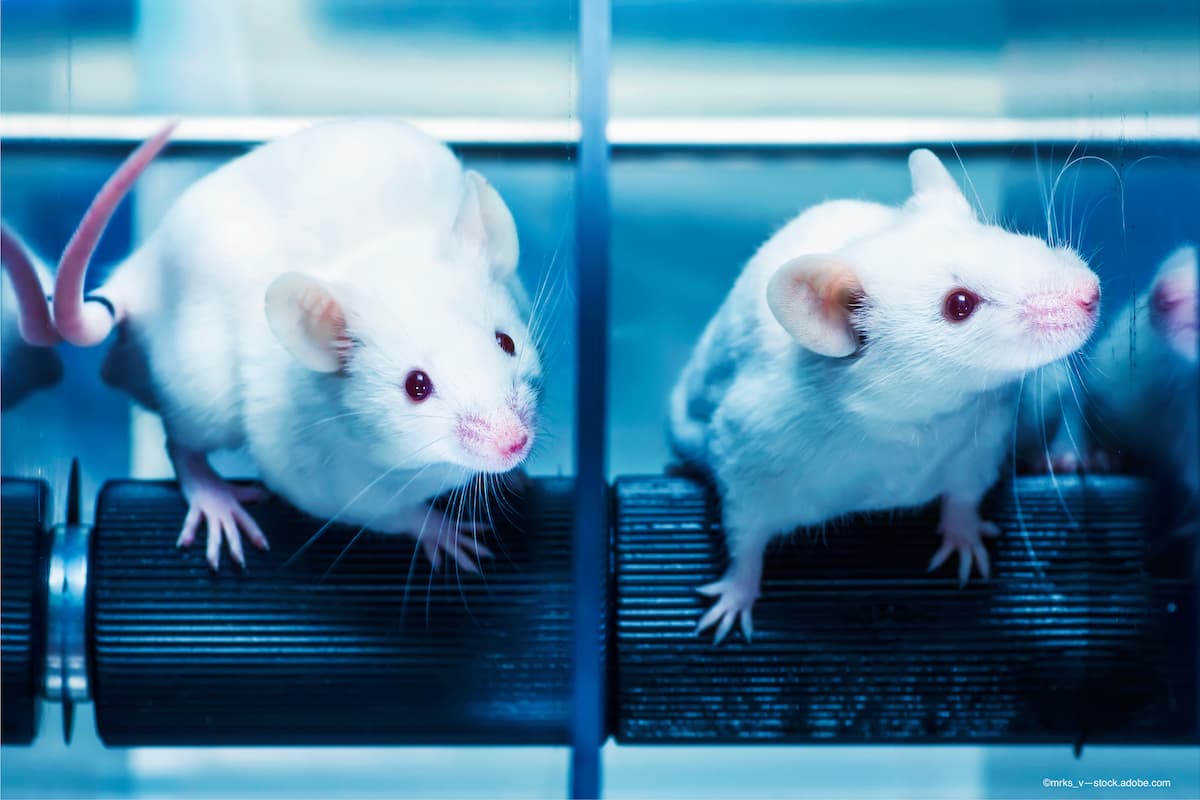Chronic IOP elevation affects cerebrovascular reactivity in murine visual cortex, linked to widespread brain changes
Investigators from the New York University Grossman School of Medicine presented data at the ARVO 2022 annual meeting that concluded mapping of the relative cerebrovascular reactivity in the murine brain showed widespread brain changes resulting from the chronic IOP elevation and demonstrates vascular involvement in glaucoma both within and beyond the primary visual pathways.

A team of investigators from the New York University Grossman School of Medicine found in a murine model of experimental glaucoma that chronic IOP elevation had a role in the widespread vascular and functional brain changes seen in the animals, according to a presentation
Dr Kevin Chan, an assistant professor at the New York University Grossman School of Medicine, presented the study results at the Association for Research in Vision and Ophthalmology’s 2022 annual meeting in Denver, Colorado, United States, on behalf of Dr Russell Chan, also affiliated with the school.
They hypothesized that the vascular functions of the visual cortex and basal forebrain are involved in glaucoma, because the former has lower choline levels in glaucoma and the latter has cholinergic projections to the visual cortex for modulating the cerebral blood flow and visual processing, they explained.
In a recent experiment, they used resting-state functional magnetic resonance imaging (rsfMRI) to document the relative cerebrovascular reactivity in the brain, specifically, decreased reactivity in the visual cortex and increased reactivity in the basal forebrain in patients in whom the severity of the glaucoma was progressing. The speculation was that a chronic increase in IOP may lead to cerebrovascular reactivity changes in the brains of patients with glaucoma and visual impairment.
The authors conducted the current murine experiment with the goal of elucidating the mechanisms involved. To do so, they administered an intracameral injection of cross-linking hydrogel to the right eye of the mice to obstruct the aqueous outflow and induce a chronically elevated IOP. Untreated mice served as controls. The IOP was measured in both eyes of the mice 2 to 3 times weekly for 3 weeks and measured the optomotor responses of the animals and conducted rsfMRI experiments.
Effects of chronic IOP elevation
The increase in IOP was induced and sustained in the murine right eyes. The cerebrovascular reactivity decreased in the left untreated eye but not in the right visual cortex and the cerebrovascular reactivity increased in the right basal forebrain in the glaucoma model but not in the control mice.
The authors reported that the IOP in the injected eye was correlated inversely with the relative cerebrovascular reactivity in the left visual cortex and correlated positively with the relative cerebrovascular reactivity in the right basal forebrain. The optomotor responses indicated a decrease in the visual acuity and an increase in the visual contrast threshold in the injected eye, indicating visual impairment. The visual acuity decrease was correlated inversely with the relative cerebrovascular reactivity in the basal forebrain.
The authors concluded that this mapping of the relative cerebrovascular reactivity in the murine brain showed widespread brain changes resulting from the chronic IOP elevation and demonstrates vascular involvement in glaucoma both within and beyond the primary visual pathways.
“Our results showed similar patterns of relative cerebrovascular reactivity changes as those seen in glaucoma patients along with visual impairments, indicating a role of chronic IOP elevation in the widespread vascular and functional brain changes in experimental glaucoma,” the authors concluded.
